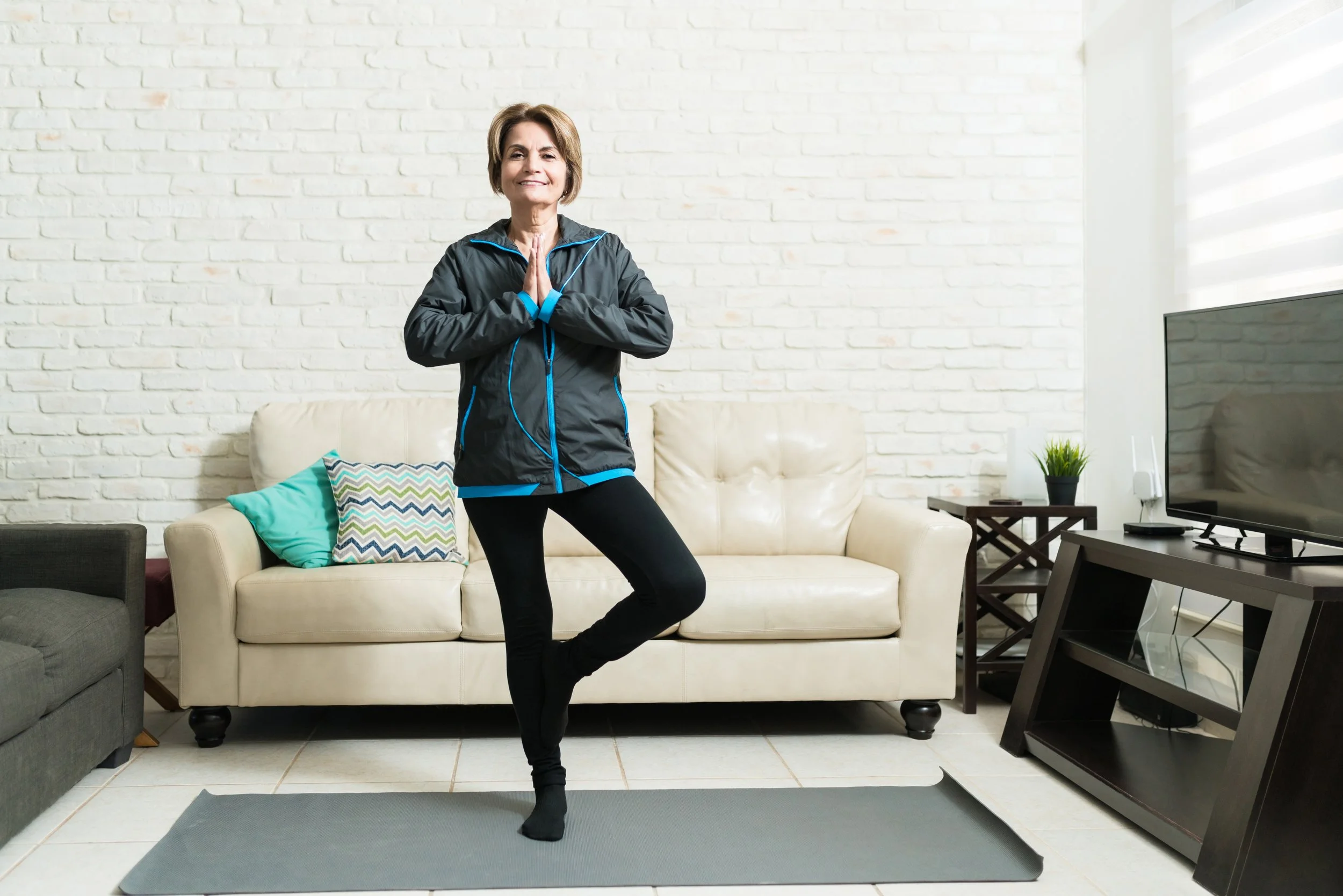Aging: Balancing Changes
As individuals age, various physiological changes occur that can lead to alterations in balance, potentially affecting long-term health. This section will outline these changes and discuss how they can negatively impact overall well-being.
Firstly, the vestibular system, responsible for maintaining balance and spatial orientation, experiences age-related degeneration. The hair cells in the inner ear, crucial for detecting motion and transmitting signals to the brain, decline in number and function as we age. This reduction can impair the brain's ability to accurately process and integrate sensory information, leading to a decrease in overall balance.
Secondly, age-related changes in muscle strength and mass, collectively known as sarcopenia, contribute to balance difficulties. The loss of muscle mass and power results in reduced stability and support for the body, increasing the risk of falls and other balance-related injuries. Additionally, sarcopenia can lead to a decline in overall mobility, potentially affecting an individual's ability to perform daily activities and maintain an active lifestyle.
Thirdly, proprioception, the body's ability to perceive its position and movement in space, is negatively affected by aging. The decline in proprioceptive function is primarily due to age-related changes in the nervous system, such as the degeneration of nerve fibers and a reduction in the number of sensory receptors. As a result, older adults may have difficulty coordinating movements and maintaining balance during various activities.
Fourthly, vision plays a crucial role in maintaining balance, and age-related changes in the visual system can contribute to balance difficulties. Age-related declines in visual acuity, contrast sensitivity, and depth perception can lead to an increased reliance on other sensory systems for balance, such as the vestibular and proprioceptive systems, which may already be compromised due to aging.
Lastly, these changes in balance can have negative long-term health effects. Older adults with impaired balance are at a higher risk of falls, which can result in fractures, head injuries, and other serious medical issues. Additionally, a decline in balance and mobility can lead to a reduction in physical activity, contributing to further health complications such as obesity, cardiovascular disease, and mental health issues.
To combat the effects of age-related changes in balance, the following four best practices are recommended:
Engage in regular physical activity, specifically exercises that target balance, strength, and flexibility. Activities such as tai chi, yoga, and balance-specific exercises can help improve muscle strength, coordination, and proprioception, ultimately contributing to better overall balance.
Prioritize vision care by scheduling regular eye exams and addressing any vision problems promptly. Proper eye care can help maintain visual acuity, which is essential for preserving balance.
Participate in activities that challenge and stimulate the vestibular system, such as dancing, swimming, or supervised balance exercises. These activities can help maintain vestibular function and improve overall balance.
Create a safe home environment by reducing fall hazards, such as clutter, loose rugs, and poor lighting. A safe living space can help minimize the risk of falls and injuries due to balance issues.
Three studies supporting the physiological changes affecting balance:
Agrawal, Y., Carey, J. P., Della Santina, C. C., Schubert, M. C., & Minor, L. B. (2009). Disorders of balance and vestibular function in US adults: data from the National Health and Nutrition Examination Survey, 2001-2004. Archives of Internal Medicine, 169(10), 938-944.
Cruz-Jentoft, A. J., Bahat, G., Bauer, J., Boirie, Y., Bruyère, O., Cederholm, T., ... & Landi, F. (2019). Sarcopenia: revised European consensus on definition and diagnosis.

